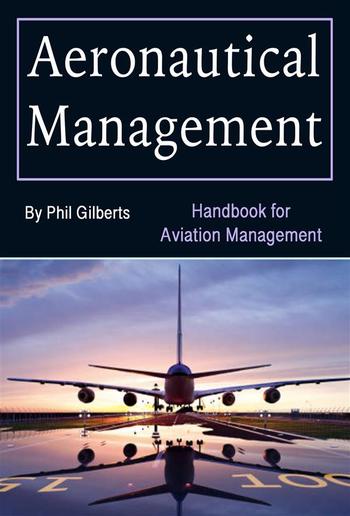
Phil Gilberts - Aeronautical Management
Aeronautical Management
Handbook for Aviation Management
Phil Gilberts
Description
Aeronautical management encompasses the strategic planning, direction, and control of aviation operations. This field integrates principles of business management with the technical and regulatory aspects of aviation to ensure the efficient and safe operation of airlines, airports, and related services.Operations management focuses on the day-to-day activities necessary to run an airline or airport, including scheduling flights, managing ground services, and coordinating with air traffic control. Safety and security ensure compliance with aviation safety standards and security regulations. This area involves risk management, emergency planning, and maintaining up-to-date safety protocols. Financial management involves budgeting, financial planning, and cost control to maintain profitability. It also includes revenue management, which involves optimizing pricing strategies and managing ancillary revenues.Human resources management covers the recruitment, training, and retention of aviation personnel, including pilots, cabin crew, ground staff, and maintenance engineers. Marketing and customer service focus on promoting aviation services, building brand loyalty, and ensuring high levels of customer satisfaction through effective communication and service delivery. Regulatory compliance ensures that operations adhere to national and international aviation regulations, including managing relationships with regulatory bodies such as the FAA (Federal Aviation Administration) and ICAO (International Civil Aviation Organization). Environmental management addresses the environmental impact of aviation operations, promoting sustainable practices and compliance with environmental regulations.

